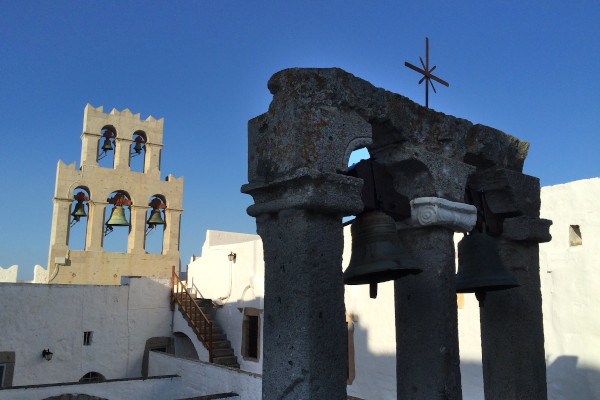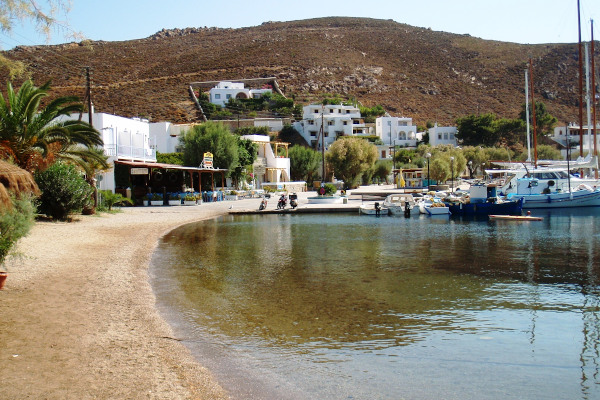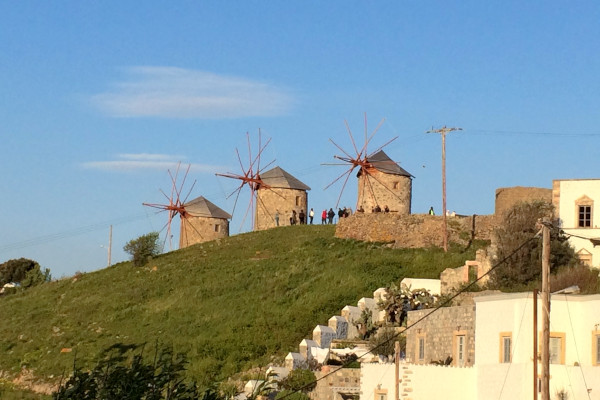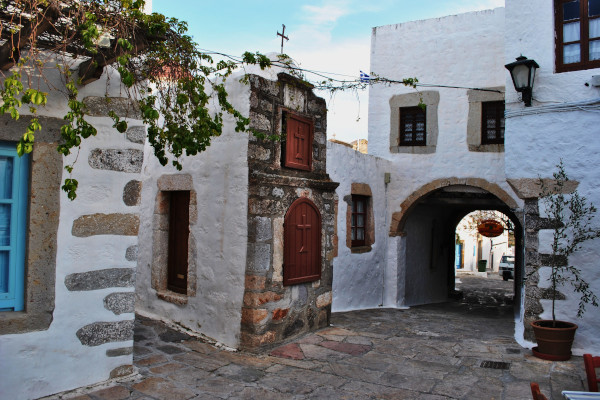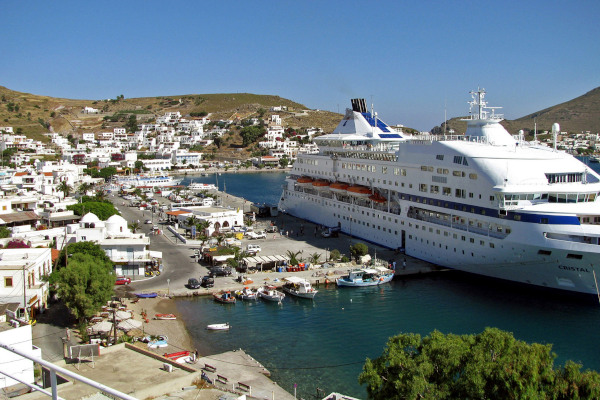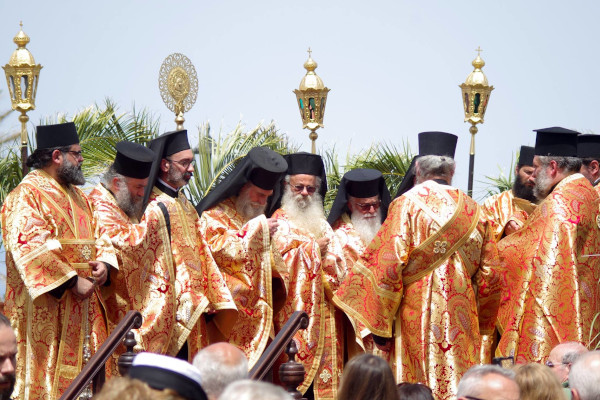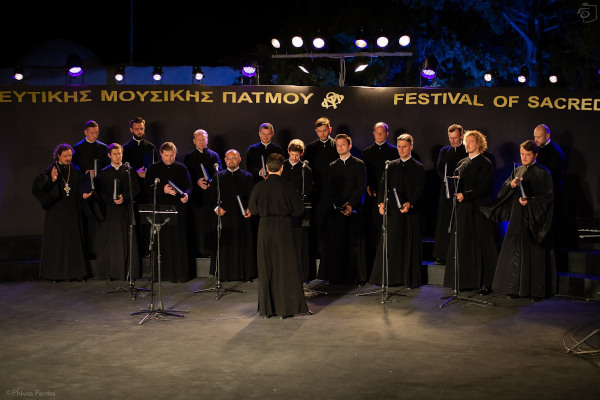Patmos Beaches
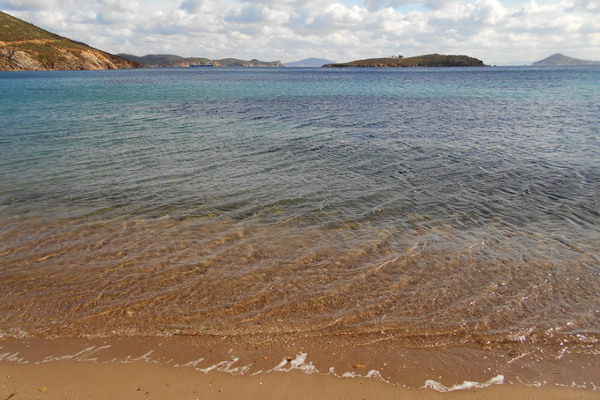
Psili Ammos Beach
About 2km away from civilization, a natural place to be. Psili Ammos means 'thin sand' and it's stunning. To get there, hike or get a boat.
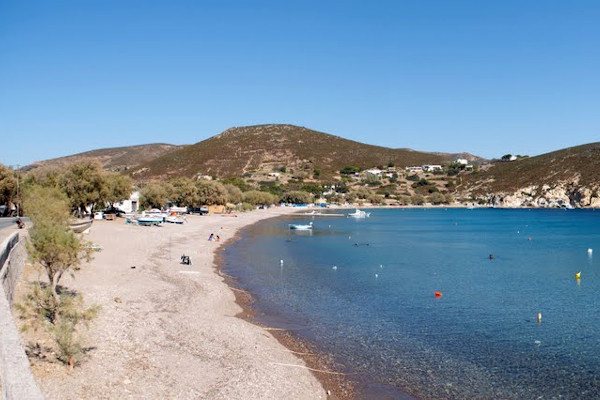
Kampos Beach
Kampos is the most vivid and cosmopolitan beach of Patmos. You will find rentals for various water sports, beach bars and restaurants.
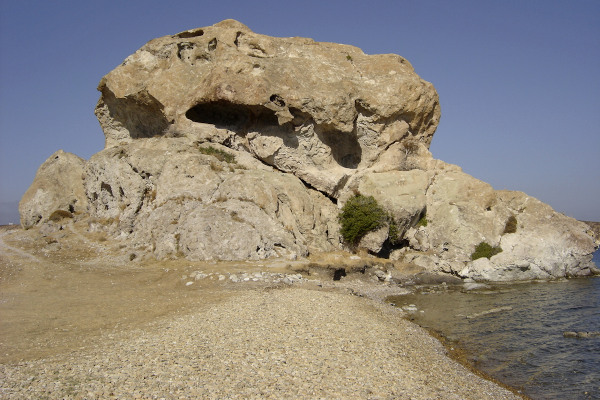
Petra Beach
On Grikos bay, Petra was named after a huge boulder (that's what petra means) at the end of the beach. It's usually packed.
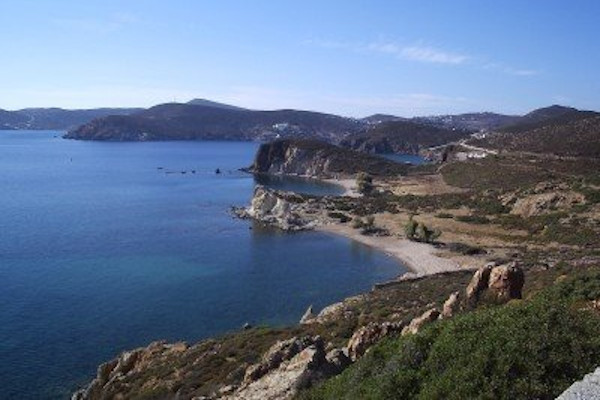
Didimes (Twins) Beach
After a 15-minute hike, you arrive at two identical small-pebble bays. Not crowded, healing, natural. Seek shade under tamarisk trees.
